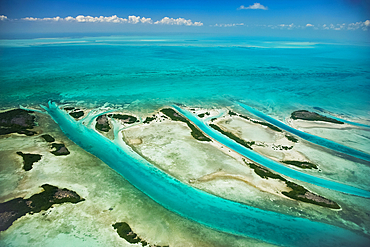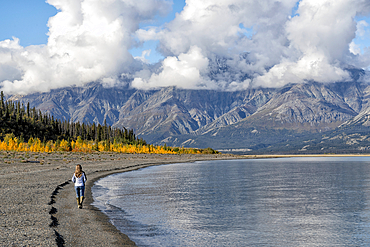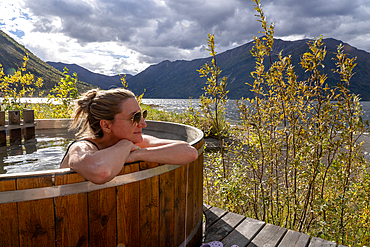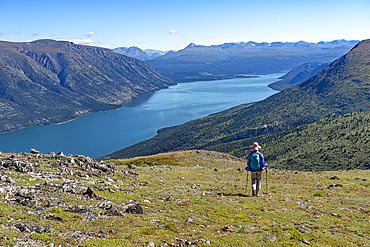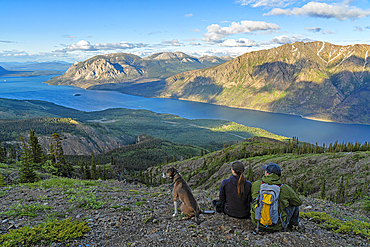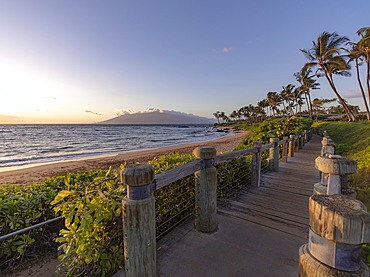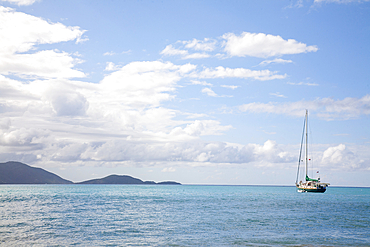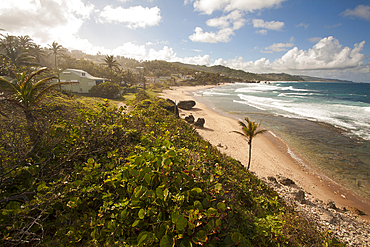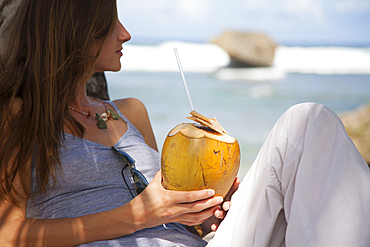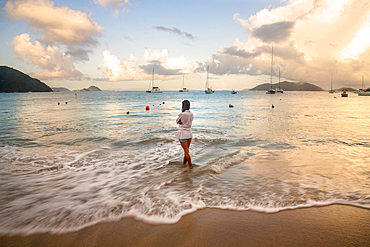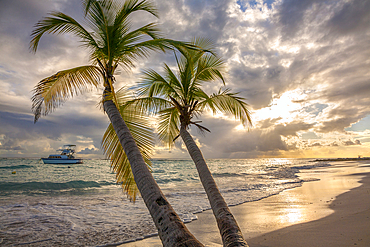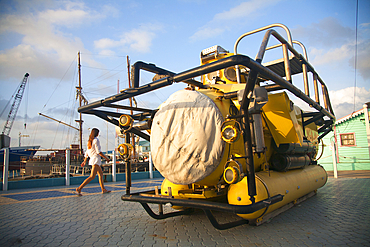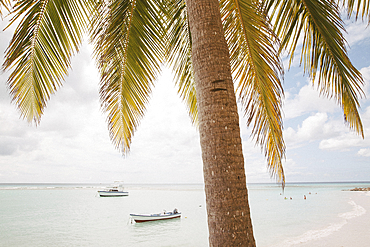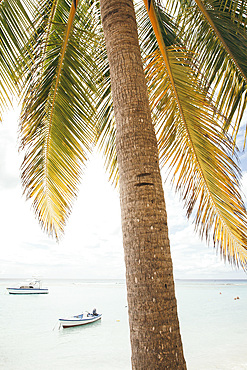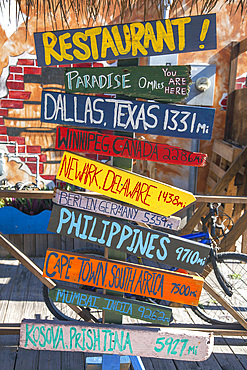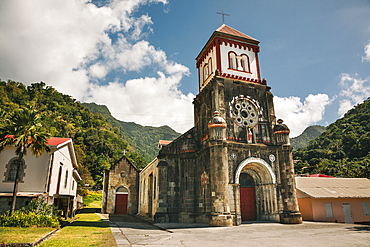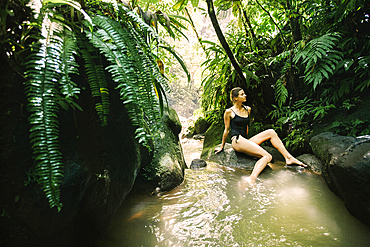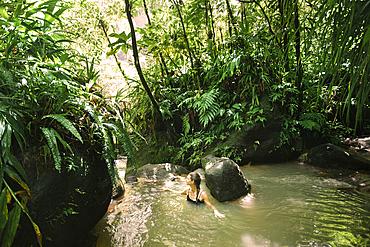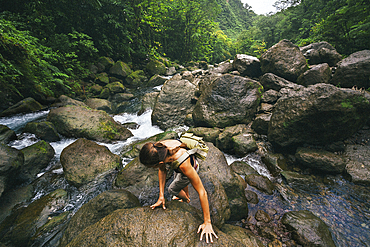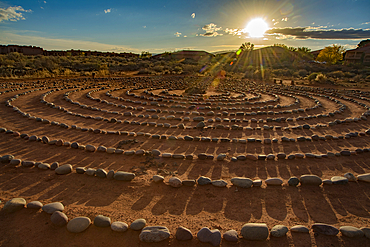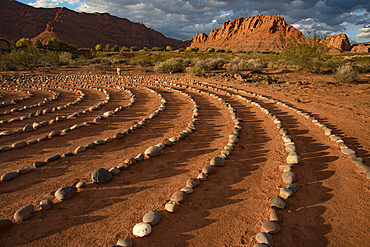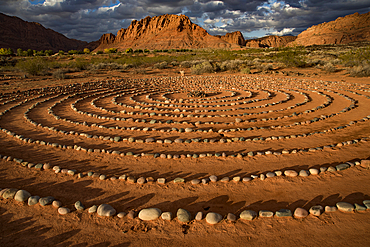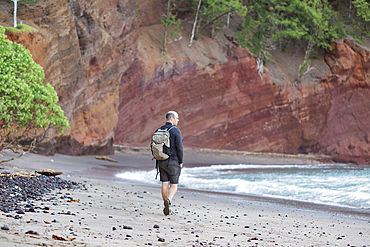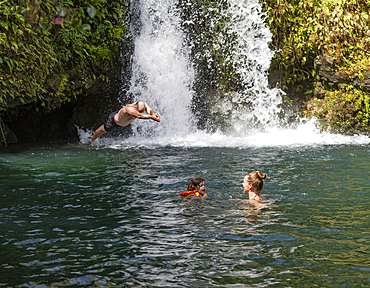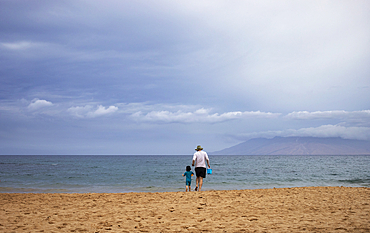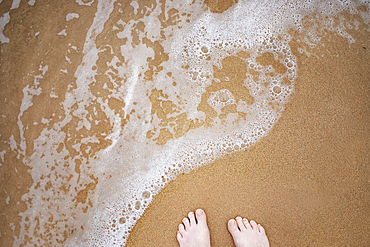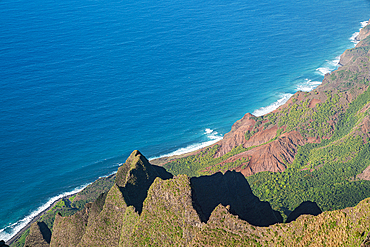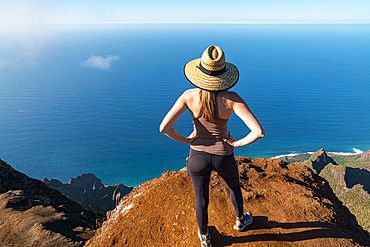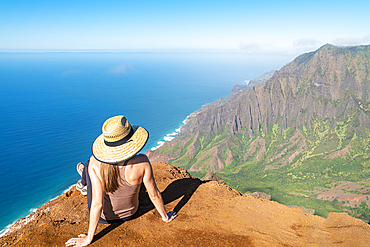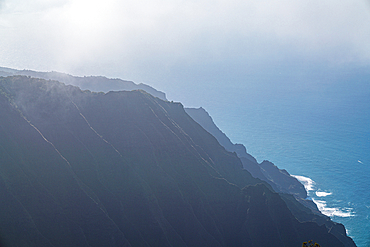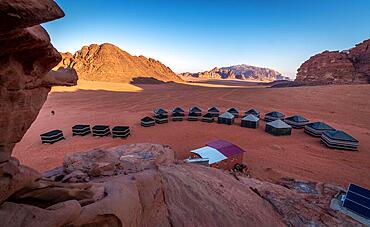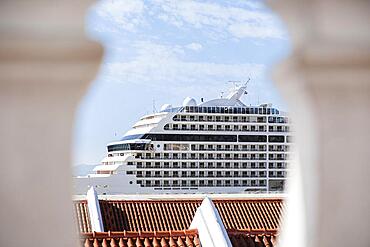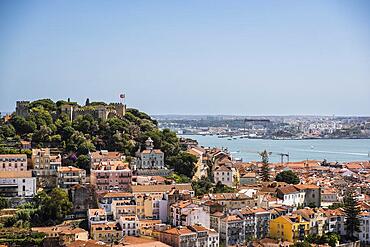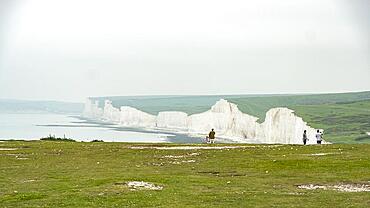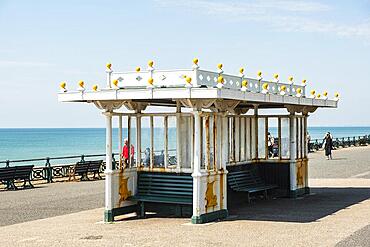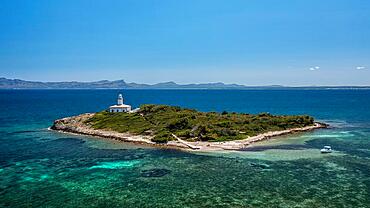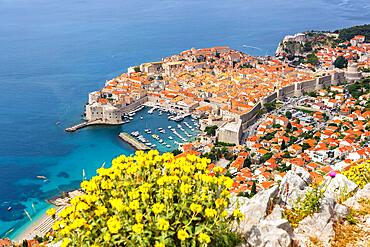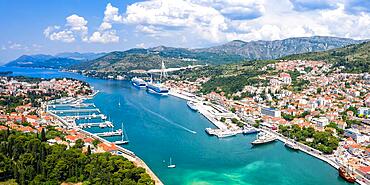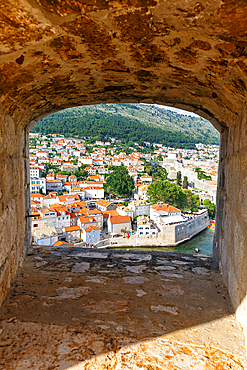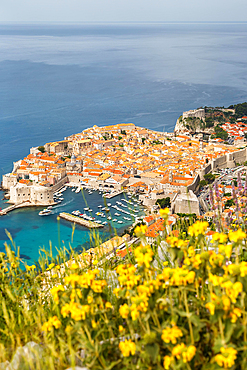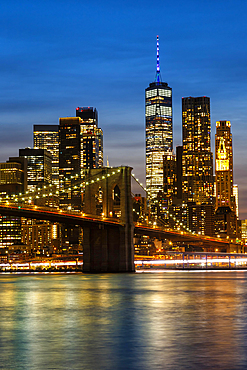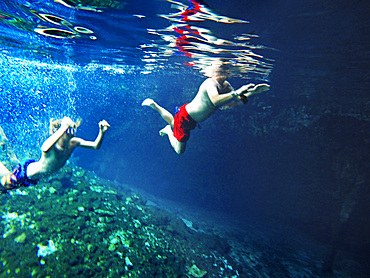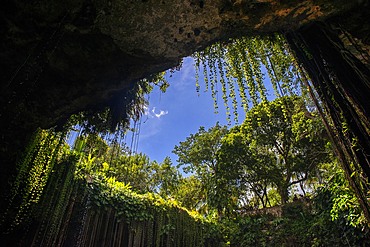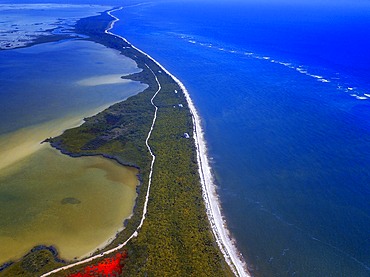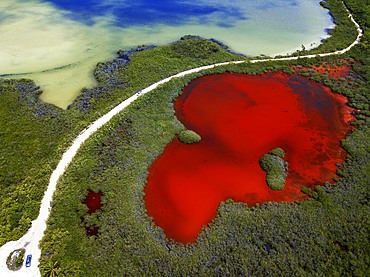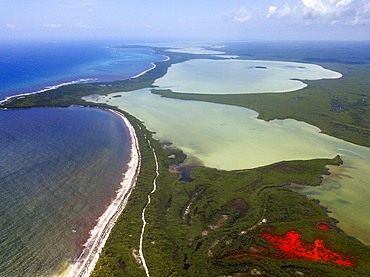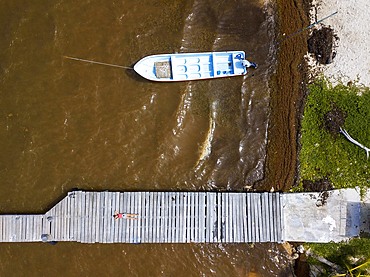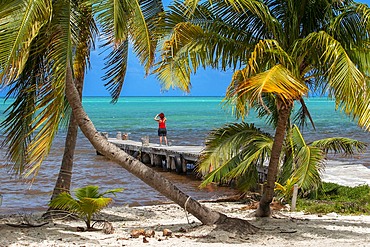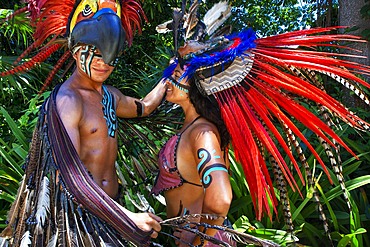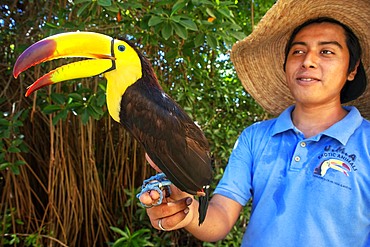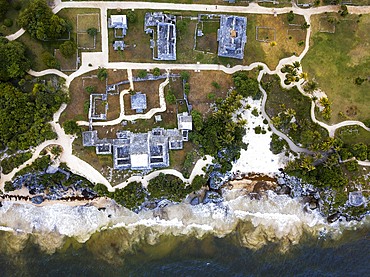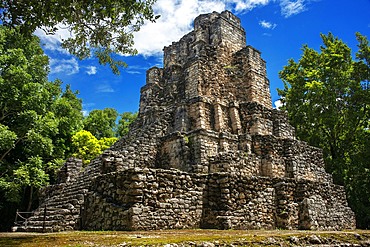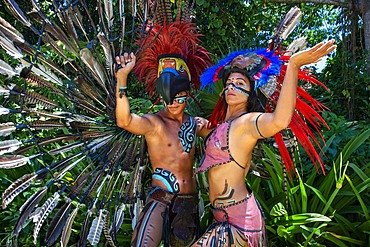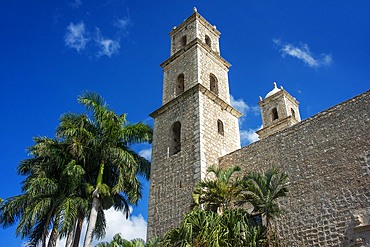Recent searches
Loading...
1116-52951 - Aerial view of Ambergris Cay, Ambergris Cay, Belize
1116-52932 - Woman walking on the shores of Kluane Lake with mountains all around her. An incredibly beautiful scene, Yukon, Canada
1116-52930 - Woman sitting in a wood fired hot tub on the shore of a Yukon Lake, Yukon, Canada
1116-52931 - Woman sitting in a wood fired hot tub on the shore of a Yukon Lake, Yukon, Canada
1116-52929 - Couple sharing a tender moment while sitting in a wood fired hot tub on the shore of a Yukon Lake, Yukon, Canada
1116-52928 - Woman sitting in a wood fired hot tub on the shore of a Yukon Lake, Yukon, Canada
1116-52927 - View taken from behind of a person walking down a mountainside with a spectacular view of the Kusawa Lake below, Yukon, Canada
1116-52876 - View taken from behind of two women standing on a mountain top with arms around shoulders, enjoying the view, while exploring and photographing the amazing scenery of the Yukon up along the Sam McGee Trail near Carcross, Yukon, Carcross, Yukon Territory, Canada
1116-52875 - View taken from behind of two women sitting on a mountain top with their dog enjoying the view, while exploring and photographing the amazing scenery of the Yukon along the Sam McGee Trail near Carcross, Yukon, Carcross, Yukon Territory, Canada
1116-52873 - Silhouette of tropical palm trees along the shore at Ulua Beach with a golden sun reflecting on the Pacific Ocean at twilight, Kihei, Wailea, Maui, Hawaii, United States of America
1116-52874 - Wooden walkway along the shore of a luxury resort at Keawakapu Beach with view of the Pacific Ocean at twilight, Kihei, Wailea, Maui, Hawaii, United States of America
1116-52841 - Sailboat in Cane Garden Bay off the island of Tortola in the Caribbean, Tortola, British Virgin Islands
1116-52833 - Scenic view of a woman walking on a seaside path at Bathsheba, Bathsheba, Barbados, Caribbean
1116-52832 - Woman standing under the large, boulders on the seaside shores of The Baths, a famous beach in the BVI's, Virgin Gorda, British Virgin Islands, Caribbean
1116-52831 - Scenic view down the coastline looking north from Bathsheba, Bathsheba, Barbados, Caribbean
1116-52828 - Close-up of a woman sitting on the beach looking out at the ocean holding a coconut with a straw, Bathsheba, Barbados, Caribbean
1116-52829 - Palm lined beach at Bathsheba, Bathsheba, Barbados, Caribbean
1116-52827 - View taken from behind of a woman standing in the foamy surf on the beach, looking out at the turquoise water with boats moored off shore along the horizon in Cane Garden Bay at twilight, Tortola, British Virgin Islands, Caribbean
1116-52826 - View through window with shutters from the Gun Hill Signal Station in Barbados, Bridgetown, Barbados, Caribbean
1116-52825 - Close-up of palm tree with a yacht moored off shore and the turquoise water and foamy surf rolls onto the pristine white sand beach at twilight in the small village of Worthing, Worthing, Barbados, Caribbean
1116-52824 - Young woman walking past an historical deep ocean, research submarine on display on the waterfront at George Town, Grand Cayman, Cayman Islands, Caribbean
1116-52822 - Close-up of palm tree with people swimming and boats moored close to shore on the pristine white sand beach at the small village of Worthing, Worthing, Barbados, Caribbean
1116-52823 - Close-up of palm tree with people swimming and boats moored close to shore on the pristine white sand beach at the small village of Worthing, Worthing, Barbados, Caribbean
1116-52821 - Close-up of colorful mileage signs for multiple locations at a restaurant on Grand Cayman in the Cayman Islands, Grand Cayman, Cayman Islands, Caribbean
1116-52820 - Close-up of the Roman Catholic Church of St Marks in Soufriere, a small fishing village on the Island of Dominica, Soufriere, Dominica, Caribbean
1116-52819 - Woman relaxing on the rocks surrounding the hot springs at Trafalgar Falls enjoying the atmosphere of the lush rainforest on the Caribbean Island of Dominica in Morne Trois Pitons National Park, Dominica, Caribbean
1116-52818 - Woman enjoying soaking in the warm water, hot springs at Trafalgar Falls in the lush rainforest on the Caribbean Island of Dominica in Morne Trois Pitons National Park, Dominica, Caribbean
1116-52817 - Overhead view of a woman climbing over the slippery, wet rocks along the rushing stream at Trafalgar Falls on the Caribbean Island of Dominica in Morne Trois Pitons National Park, Dominica, Caribbean
1116-52816 - Hiking trail through Snow Canyon, with circles of stones in a meeting area behind the Red Mountain Spa, with meditation maze and Snow Canyon Mountain Range in the background. Red Cliffs Desert Reserve around St George Town with bright sunburst in a blue sky, St George, Utah, United States of America
1116-52815 - Hiking trail through Snow Canyon, with circles of stones in a meeting area behind the Red Mountain Spa, with meditation maze and Snow Canyon Mountain Range in the background. Red Cliffs Desert Reserve around St George Town with rock cliffs and dark clouds in a blue sky, St George, Utah, United States of America
1116-52814 - Hiking trail through Snow Canyon, with circles of stones in a meeting area behind the Red Mountain Spa, with meditation maze and Snow Canyon Mountain Range in the background. Red Cliffs Desert Reserve around St George Town with rock cliffs and dark clouds in a blue sky, St George, Utah, United States of America
1116-52811 - View from behind of a man walking along the beach among the rocky sea cliffs looking out at the Pacific Ocean on the Road to Hana, Maui, Hawaii, United States of America
1116-52810 - Family enjoying swimming in a natural pool under a plunging waterfall along the Road to Hana, Maui, Hawaii, United States of America
1116-52809 - Portrait of a family standing on the shore and smiling at the camera along the sandy beach at Kapalua Resort in West Maui, Maui, Hawaii, United States of America
1116-52808 - Close-up portrait of young girl wearing swimming goggles warpped in a beach towel and sitting by her mother on the beach, Maui, Hawaii, United States of America
1116-52807 - Scenic view, taken from behind, of a grandmother and granddaughter walking along the shore at Maluaka Beach with the Pacific Ocean and cloud covered mountains in the distance, Maui, Hawaii, United States of America
1116-52805 - Family on a mountain top above the clouds at Haleakala watching the sunrise over the Pacific Coast, Haleakala National Park, Maui, Hawaii, United States of America
1116-52806 - Viewpoint, looking down at feet standing next to foamy surf on Kamaole Beach at the water's edge, Kihei, Maui, Hawaii, United States of America
1116-52804 - Father and daughter sitting in the water on the shoreline playing in the foamy surf along Kamaole Beach, Maui, Hawaii, United States of America
1116-52756 - Scenic view from the green covered mountain cliffs of the Napali Coast along the Kalalau Trail on the Hawaiian Island of Kauai, with the calm, blue waters of the Pacific Ocean lapping the shore, Kauai, Hawaii, United States of America
1116-52755 - View taken from behind of a woman in a straw hat standing on the top of a mountain cliff looking out onto the brilliant, blue water of the Pacific Ocean along the Kalalau Trail on the Napali Coast, Kauai, Hawaii, United States of America
1116-52754 - View taken from behind of a woman in a straw hat sitting on the top of a mountain cliff looking out onto the brilliant, blue water of the Pacific Ocean and mountainous coastline along the Kalalau Trail on the Napali Coast, Kauai, Hawaii, United States of America
1116-52753 - Hazy view of the steep, silhouetted mountain cliffs of the Napali Coast along the Kalalau Trail on the Hawaiian Island of Kauai against the blue waters of the Pacific Ocean, Kauai, Hawaii, United States of America
1116-52752 - Stunning aerial view of the turquoise blue water creating a dynamic contrast with the moss covered lava fields along the coast of Southern Iceland, Blue Lagoon, South Iceland, Iceland
832-403576 - The unique experience of visiting this beautiful desert makes Wadi Rum a worthwhile stop on a visit to Jordan. Dozens of Beduin camps cater to tourism offering camps in the desert under clear skies
832-403574 - The unique experience of visiting the beautiful desert makes Wadi Rum a worthwhile stop on a visit to Jordan. Dozens of Beduin camps cater offer tourist campsites in the desert under clear skies
832-402920 - Panoramic view of the old Canfranc train station in the Aragonese Pyrenees. Spain
832-402918 - View of the old Canfranc train station in the Aragonese Pyrenees. Spain
832-402649 - Tram in an alley in the old town of Lisbon, Portugal, Europe
832-402646 - View of Lisbon Bay from the Miradouro de Santa Luzia, Lisbon, Portugal, Europe
832-402645 - View of the Igreja da Graca in the evening light, Lisbon, Portugal, Europe
832-402643 - Cruise ship in the port of Lisbon, Portugal, Europe
832-402644 - View of the fortress Castelo de Sao Jorge, Lisbon, Portugal, Europe
832-402639 - Grote Kerk Dordrecht at the blue hour, Dordrecht, Netherlands
832-402637 - Birling Gap at the Seven Sisters in Sussex, England, United Kingdom, Europe
832-402636 - Beach pavilion on the Brighton seafront, England, United Kingdom, Europe
832-402045 - Old lighthouse and Teepott, the landmarks of Rostock-Warnemuende, Mecklenburg-Western Pomerania, Germany, Europe
832-401849 - Alcanada Lighthouse in Mallorca, Spain, Europe
832-401820 - Promenade at the Old Town on the Mediterranean Sea Vacation Panorama in Split, Croatia, Europe
832-401819 - View of the old town by the sea Holiday Dalmatia in Dubrovnik, Croatia, Europe
832-401817 - View of the old town of Trogir on the Mediterranean Sea Holiday Panorama in Trogir, Croatia, Europe
832-401815 - Marina and Harbour by the Sea Holiday Dalmatia Aerial Panorama in Dubrovnik, Croatia, Europe
832-401816 - View of the old town through an opening in the wall of the fortress in Dubrovnik, Croatia, Europe
832-401814 - Trogir city gate juzna gradska vrata in the old town Holidays in Trogir, Croatia, Europe
832-401813 - View of the old town by the sea Holiday Dalmatia in Dubrovnik, Croatia, Europe
832-401812 - New York City skyline of Manhattan with Brooklyn Bridge and World Trade Center skyscraper at night in New York, USA, North America
832-401809 - New York City skyline of Manhattan with Brooklyn Bridge and World Trade Center skyscraper at night in New York, USA, North America
832-401308 - Historical baroque church with mountains in the background in Ouro Preto city in Minas Gerais
832-401195 - Portrait of a young woman on vacation in the seaside tourist village Tamaduste on the island of El Hierro, Canary Islands, Spain, Europe
832-400663 - Aerial View of Pier and Beach with Sea Vacation in California San Clemente, USA, North America
832-400223 - Stone guardhouse on the walls of an old colonial-style fort on the seafront of Salvado in Bahia, Brasil
1350-6636 - Aerial view of Mayan Ruin of Chichen Itza Archaeological Site Yucatan Peninsula, Quintana Roo, Caribbean Coast, Mexico
1350-6635 - Aerial view of Mayan Ruin of Chichen Itza Archaeological Site Yucatan Peninsula, Quintana Roo, Caribbean Coast, Mexico
1350-6630 - Swimming at Cenote Ik Kil in Yucatan, Mexico, a natural pit, or sinkhole near Chichen Itza. Yucatan Peninsula, Quintana Roo, Mexico. Ik Kil was sacred to the Mayans who used this cenote for both relaxation and ritual services centuries ago.
1350-6633 - Gran Cenote de Tulum in Yucatan Peninsula, Quintana Roo, Mexico. There are thousands of cenotes dotted all over Mexico���s Yucatan Peninsula, and their existence is as much a defining characteristic of the region as is the distinct geological feature from which they result. Once revered by the ancient Mayans as sacred wells, they are now magnets for tourists, adventurers, and explorers alike.
1350-6628 - Cenote Ik Kil in Yucatan, Mexico, a natural pit, or sinkhole near Chichen Itza. Yucatan Peninsula, Quintana Roo, Mexico. Ik Kil was sacred to the Mayans who used this cenote for both relaxation and ritual services centuries ago.
1350-6627 - Aerial view of Punta Allen Sian Ka'an Reserve, Yucatan Peninsula, Mexico. Red lagoon near Boca Paila Bridge.
In the language of the Mayan peoples who once inhabited this region, Sian Ka'an means Origin of the Sky. Located on the east coast of the Yucatán peninsula, this biosphere reserve contains tropical forests, mangroves and marshes, as well as a large marine section intersected by a barrier reef. It provides a habitat for a remarkably rich flora and a fauna comprising more than 300 species of birds, as well as a large number of the region's characteristic terrestrial vertebrates, which cohabit in the diverse environment formed by its complex hydrological system.
Along its roughly 120 kilometres of coastline, the property covers over 400,000 hectares of land ranging from sea level to only ten m.a.s.l. The property boasts diverse tropical forests, palm savannah, one of the most pristine wetlands in the region, lagoons, extensive mangrove stands, as well as sandy beaches and dunes. The 120,000 hectares of marine area protect a valuable part of the Mesoamerican Barrier Reef and seagrass beds in the shallow bays. The lush green of the forests and the many shades of blue of the lagoons and the Caribbean Sea under a wide sky offer fascinating visual impressions.
1350-6623 - Aerial view of Punta Allen Sian Ka'an Reserve, Yucatan Peninsula, Mexico. Red lagoon near Boca Paila Bridge.
In the language of the Mayan peoples who once inhabited this region, Sian Ka'an means Origin of the Sky. Located on the east coast of the Yucatán peninsula, this biosphere reserve contains tropical forests, mangroves and marshes, as well as a large marine section intersected by a barrier reef. It provides a habitat for a remarkably rich flora and a fauna comprising more than 300 species of birds, as well as a large number of the region's characteristic terrestrial vertebrates, which cohabit in the diverse environment formed by its complex hydrological system.
Along its roughly 120 kilometres of coastline, the property covers over 400,000 hectares of land ranging from sea level to only ten m.a.s.l. The property boasts diverse tropical forests, palm savannah, one of the most pristine wetlands in the region, lagoons, extensive mangrove stands, as well as sandy beaches and dunes. The 120,000 hectares of marine area protect a valuable part of the Mesoamerican Barrier Reef and seagrass beds in the shallow bays. The lush green of the forests and the many shades of blue of the lagoons and the Caribbean Sea under a wide sky offer fascinating visual impressions.
1350-6625 - Aerial view of Punta Allen Sian Ka'an Reserve, Yucatan Peninsula, Mexico. Red lagoon near Boca Paila Bridge.
In the language of the Mayan peoples who once inhabited this region, Sian Ka'an means Origin of the Sky. Located on the east coast of the Yucatán peninsula, this biosphere reserve contains tropical forests, mangroves and marshes, as well as a large marine section intersected by a barrier reef. It provides a habitat for a remarkably rich flora and a fauna comprising more than 300 species of birds, as well as a large number of the region's characteristic terrestrial vertebrates, which cohabit in the diverse environment formed by its complex hydrological system.
Along its roughly 120 kilometres of coastline, the property covers over 400,000 hectares of land ranging from sea level to only ten m.a.s.l. The property boasts diverse tropical forests, palm savannah, one of the most pristine wetlands in the region, lagoons, extensive mangrove stands, as well as sandy beaches and dunes. The 120,000 hectares of marine area protect a valuable part of the Mesoamerican Barrier Reef and seagrass beds in the shallow bays. The lush green of the forests and the many shades of blue of the lagoons and the Caribbean Sea under a wide sky offer fascinating visual impressions.
1350-6620 - Aerial view of Punta Allen Sian Ka'an Reserve, Yucatan Peninsula, Mexico. Red lagoon near Boca Paila Bridge.
In the language of the Mayan peoples who once inhabited this region, Sian Ka'an means Origin of the Sky. Located on the east coast of the Yucatán peninsula, this biosphere reserve contains tropical forests, mangroves and marshes, as well as a large marine section intersected by a barrier reef. It provides a habitat for a remarkably rich flora and a fauna comprising more than 300 species of birds, as well as a large number of the region's characteristic terrestrial vertebrates, which cohabit in the diverse environment formed by its complex hydrological system.
Along its roughly 120 kilometres of coastline, the property covers over 400,000 hectares of land ranging from sea level to only ten m.a.s.l. The property boasts diverse tropical forests, palm savannah, one of the most pristine wetlands in the region, lagoons, extensive mangrove stands, as well as sandy beaches and dunes. The 120,000 hectares of marine area protect a valuable part of the Mesoamerican Barrier Reef and seagrass beds in the shallow bays. The lush green of the forests and the many shades of blue of the lagoons and the Caribbean Sea under a wide sky offer fascinating visual impressions.
1350-6616 - Aerial view of Punta Allen Sian Ka'an Reserve, Yucatan Peninsula, Mexico.
In the language of the Mayan peoples who once inhabited this region, Sian Ka'an means Origin of the Sky. Located on the east coast of the Yucatán peninsula, this biosphere reserve contains tropical forests, mangroves and marshes, as well as a large marine section intersected by a barrier reef. It provides a habitat for a remarkably rich flora and a fauna comprising more than 300 species of birds, as well as a large number of the region's characteristic terrestrial vertebrates, which cohabit in the diverse environment formed by its complex hydrological system.
Along its roughly 120 kilometres of coastline, the property covers over 400,000 hectares of land ranging from sea level to only ten m.a.s.l. The property boasts diverse tropical forests, palm savannah, one of the most pristine wetlands in the region, lagoons, extensive mangrove stands, as well as sandy beaches and dunes. The 120,000 hectares of marine area protect a valuable part of the Mesoamerican Barrier Reef and seagrass beds in the shallow bays. The lush green of the forests and the many shades of blue of the lagoons and the Caribbean Sea under a wide sky offer fascinating visual impressions.
1350-6615 - Palms and old pier in Punta Allen Sian Ka'an Reserve, Yucatan Peninsula, Mexico.
In the language of the Mayan peoples who once inhabited this region, Sian Ka'an means Origin of the Sky. Located on the east coast of the Yucatán peninsula, this biosphere reserve contains tropical forests, mangroves and marshes, as well as a large marine section intersected by a barrier reef. It provides a habitat for a remarkably rich flora and a fauna comprising more than 300 species of birds, as well as a large number of the region's characteristic terrestrial vertebrates, which cohabit in the diverse environment formed by its complex hydrological system.
Along its roughly 120 kilometres of coastline, the property covers over 400,000 hectares of land ranging from sea level to only ten m.a.s.l. The property boasts diverse tropical forests, palm savannah, one of the most pristine wetlands in the region, lagoons, extensive mangrove stands, as well as sandy beaches and dunes. The 120,000 hectares of marine area protect a valuable part of the Mesoamerican Barrier Reef and seagrass beds in the shallow bays. The lush green of the forests and the many shades of blue of the lagoons and the Caribbean Sea under a wide sky offer fascinating visual impressions.
1350-6611 - Underwater close up view of open coral polyp during a dive, Cancun, Quintana Roo, Mexico
1350-6608 - Mexican aztec dress gods at Grand Palladium White Sand Resort and Spa in Riviera Maya, Yucatan Peninsula, Quintana Roo, Caribbean Coast, Mexico.
Aztec clothing was generally loose fitting and did not completely cover the body. When the Spanish arrived in Mexico, the people were surprised to see them in their full armour, with only their faces exposed.
Aztec clothes were generally made of cotton (which was imported) or ayate fiber, made from the Maguey Cactus (also called the Century Plant or American Aloe). Women would weave the fibers into clothing, a task girls were taught as young teenagers. Because of their vast trading network, the Aztecs were able to make use of a beautiful array of dyes, creating the brilliant
1350-6609 - Kayakking in front of the beach of Grand Palladium White Sand Resort and Spa in Riviera Maya, Yucatan Peninsula, Quintana Roo, Caribbean Coast, Mexico
1350-6606 - A Mexican staff member holds a tucan at Grand Palladium White Sand Resort and Spa in Riviera Maya, Yucatan Peninsula, Quintana Roo, Caribbean Coast, Mexico
1350-6602 - Aerial view of Grand Palladium White Sand Resort and Spa in Riviera Maya, Yucatan Peninsula, Quintana Roo, Caribbean Coast, Mexico
1350-6597 - Aerial views of El Castillo and the Ruins of the Mayan temple grounds at Tulum, Quintana Roo, Yucatan, Mexico. Tulum is the site of a pre-Columbian Mayan walled city which served as a major port for Coba, in the Mexican state of Quintana Roo. The ruins are situated on 12 meter 39 ft tall cliffs along the east coast of the Yucatán Peninsula on the Caribbean Sea in the state of Quintana Roo, Mexico. Tulum was one of the last cities built and inhabited by the Maya; it was at its height between the 13th and 15th centuries and managed to survive about 70 years after the Spanish began occupying Mexico. Old World diseases brought by the Spanish settlers appear to have resulted in very high fatalities, disrupting the society, and eventually causing the city to be abandoned.
1350-6599 - Aerial views of El Castillo and the Ruins of the Mayan temple grounds at Tulum, Quintana Roo, Yucatan, Mexico. Tulum is the site of a pre-Columbian Mayan walled city which served as a major port for Coba, in the Mexican state of Quintana Roo. The ruins are situated on 12 meter 39 ft tall cliffs along the east coast of the Yucatán Peninsula on the Caribbean Sea in the state of Quintana Roo, Mexico. Tulum was one of the last cities built and inhabited by the Maya; it was at its height between the 13th and 15th centuries and managed to survive about 70 years after the Spanish began occupying Mexico. Old World diseases brought by the Spanish settlers appear to have resulted in very high fatalities, disrupting the society, and eventually causing the city to be abandoned.
1350-6596 - Estructura 8I-13 El Castillo at Chunyaxche Muyil Maya ruins, rainforest near Tulum, Yucatan Peninsula, Quintana Roo, Mexico
1350-6595 - Mexican aztec dress gods at Grand Palladium White Sand Resort and Spa in Riviera Maya, Yucatan Peninsula, Quintana Roo, Caribbean Coast, Mexico.
Aztec clothing was generally loose fitting and did not completely cover the body. When the Spanish arrived in Mexico, the people were surprised to see them in their full armour, with only their faces exposed.
Aztec clothes were generally made of cotton (which was imported) or ayate fiber, made from the Maguey Cactus (also called the Century Plant or American Aloe). Women would weave the fibers into clothing, a task girls were taught as young teenagers. Because of their vast trading network, the Aztecs were able to make use of a beautiful array of dyes, creating the brilliant
1350-6654 - The Parque Hidalgo and statue of Manuel Cepeda Peraza and The San Ildefonso Cathedral in Mérida, the capital and largest city in the Yucatan State and Yucatán Peninsula, Mexico
1350-6653 - Horse drawn carriages on a city street in front of the plaza grande square, Merida, the capital city of the Yucatan, Mexico Latin America
1350-6652 - The Bishop's Palace or Peninsula Athenaeum and The San Ildefonso Cathedral in Mérida, the capital and largest city in the Yucatan State and Yucatán Peninsula, Mexico
1350-6650 - Merida Mexico - the Merida city sign in the Plaza Grande, Merida, the capital city of the Yucatan, Mexico Latin America
1350-6649 - Portal Maya sculpture Mayan Gateway situated in Parque Fundadores by sculptor Jose Arturo Tavares in Playa del Carmen, Riviera Maya, Quintana Roo, Mexico
1350-6648 - White Mexican church and street art at 5th Avenue, Playa del Carmen, Caribe, Quintana Roo state, Mayan Riviera, Yucatan Peninsula, Mexico
1350-6646 - Colorful Mexican ceramic skulls or calaveras and Frida Kahlo souvenirs in Playa del Carmen, Riviera Maya, Quintana Roo, Mexico
1350-6645 - El Castillo, The Pyramid of Kukulkán, is the Most Popular Building in the UNESCO Mayan Ruin of Chichen Itza Archaeological Site Yucatan Peninsula, Quintana Roo, Caribbean Coast, Mexico
1350-6644 - The Church and Nunnery at Chichen Itza Archaeological Site in Yucatan Peninsula, Quintana Roo, Caribbean Coast, Mexico
